
ChOOSING the Perfect Wedding Cake
What have you envisioned your wedding cake to look like? Today, skilled pastry chefs will surpass your every expectation. If you can imagine it, they will create it. In fact, they can create cakes that can surpass your imagination. Elevating their craft to an art form that extends far beyond simply baking, pastry chefs are creating wedding cakes that are architectural marvels and truly edible works of art.
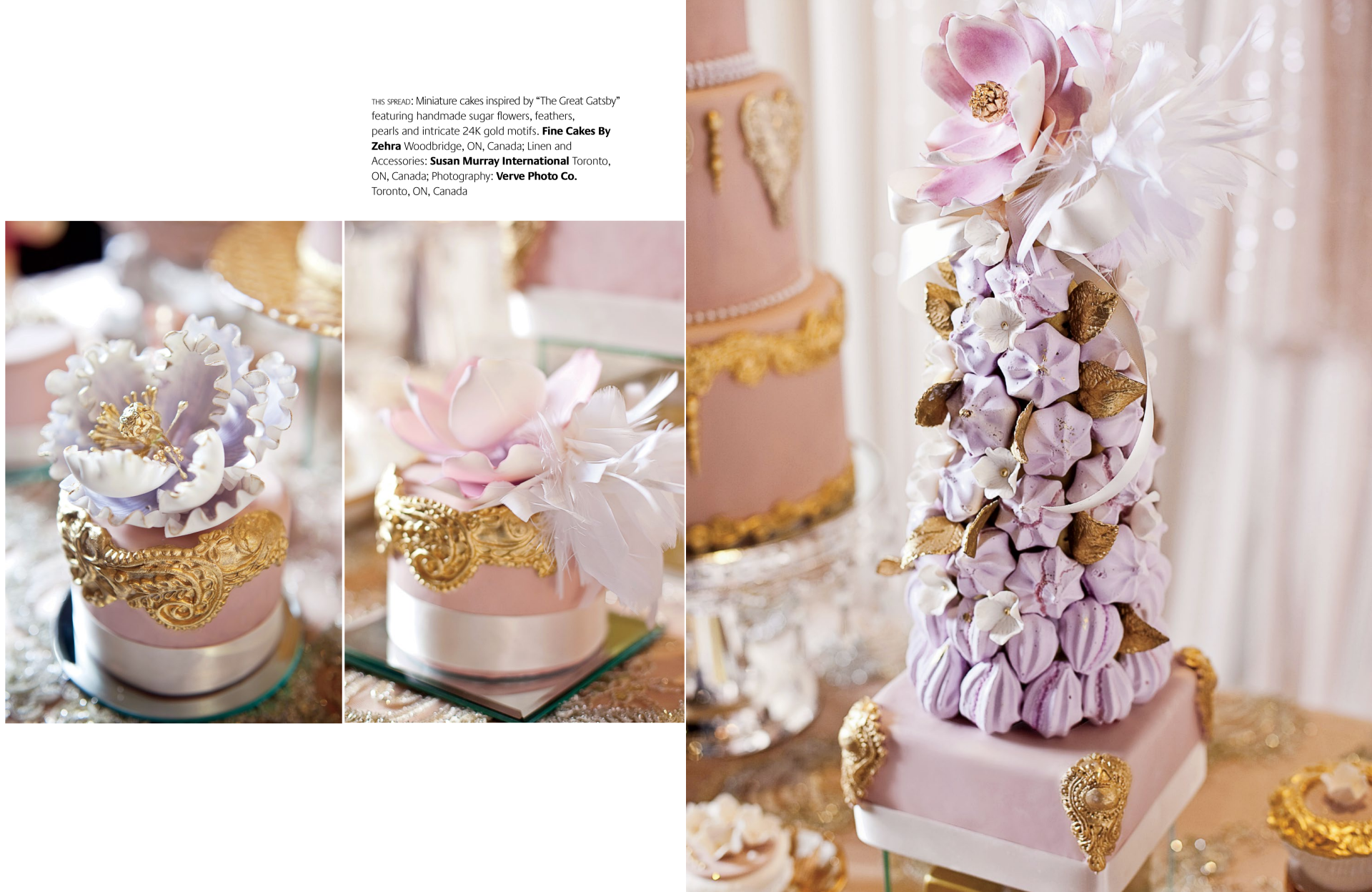
Cake is the centerpiece for many happy celebrations and weddings lend themselves to making the cake a focal point at the wedding reception; especially when that focal point becomes a conversation piece. From an elegant off-white two-tiered creation adorned with colorful bursts of fresh flowers to an elaborate towering masterpiece where every tier is draped with a handcrafted lace pattern that resembles the wedding gown, the wedding cake is an opportunity to showcase a confectionary delight that guests will admire and appreciate. With an array of rich flavors and moist fillings, it can be as delightfully tasteful as it is visually stunning.
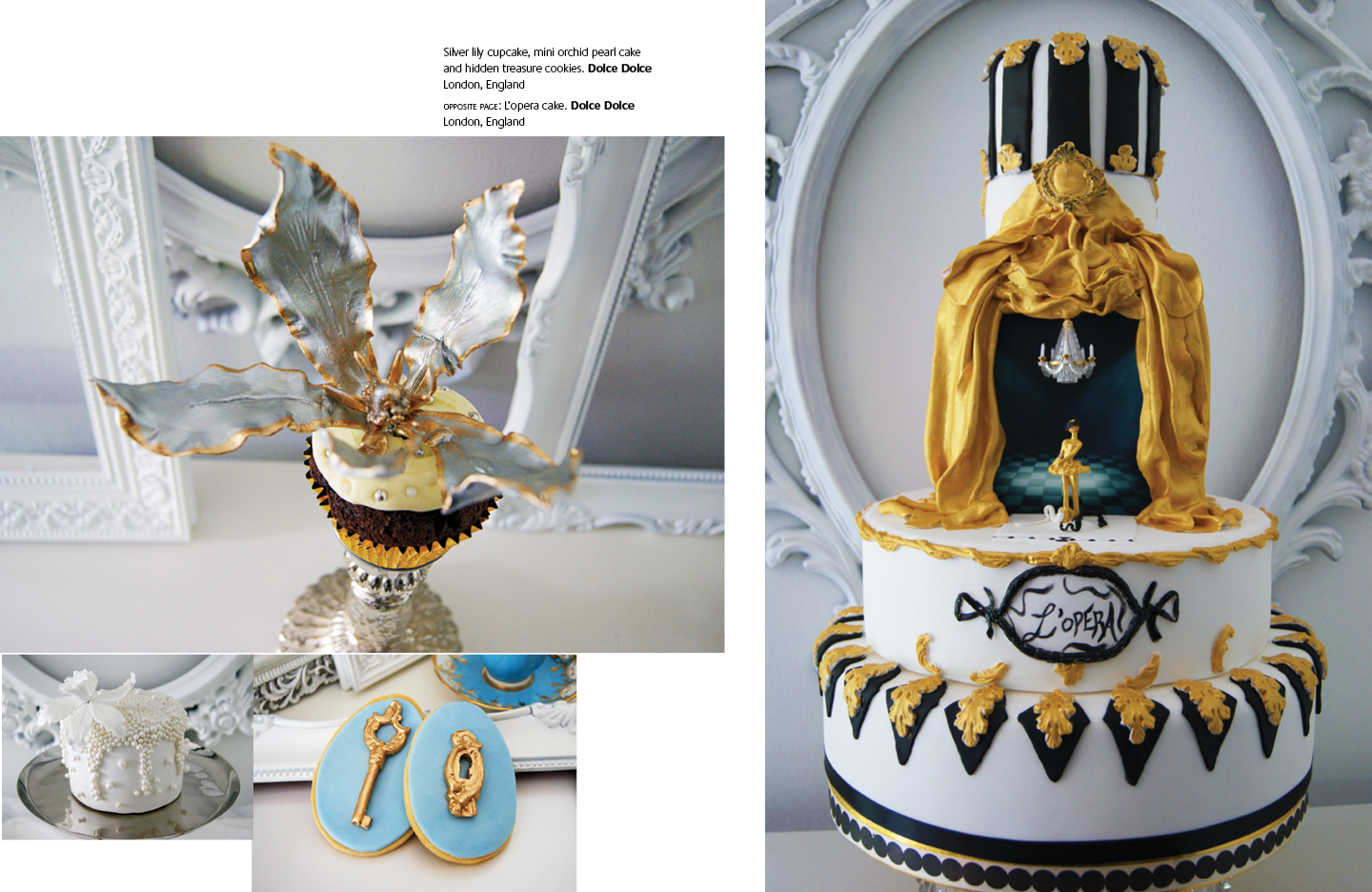
History of the Wedding Cake
Taking a stroll down history lane, we discover that the tradition of the wedding cake dates as far back as Ancient Rome. Made simply out of grains available at the time such as barely or wheat, it had a symbolic meaning and was meant to represent good luck and abundance of health for the newlyweds. Through the centuries the wedding cake evolved in different regions of the world, among different cultures and ethnic groups taking on different characteristics such as shape, size, color, flavors and reflecting the choices, innovation and creativity of those creating it.
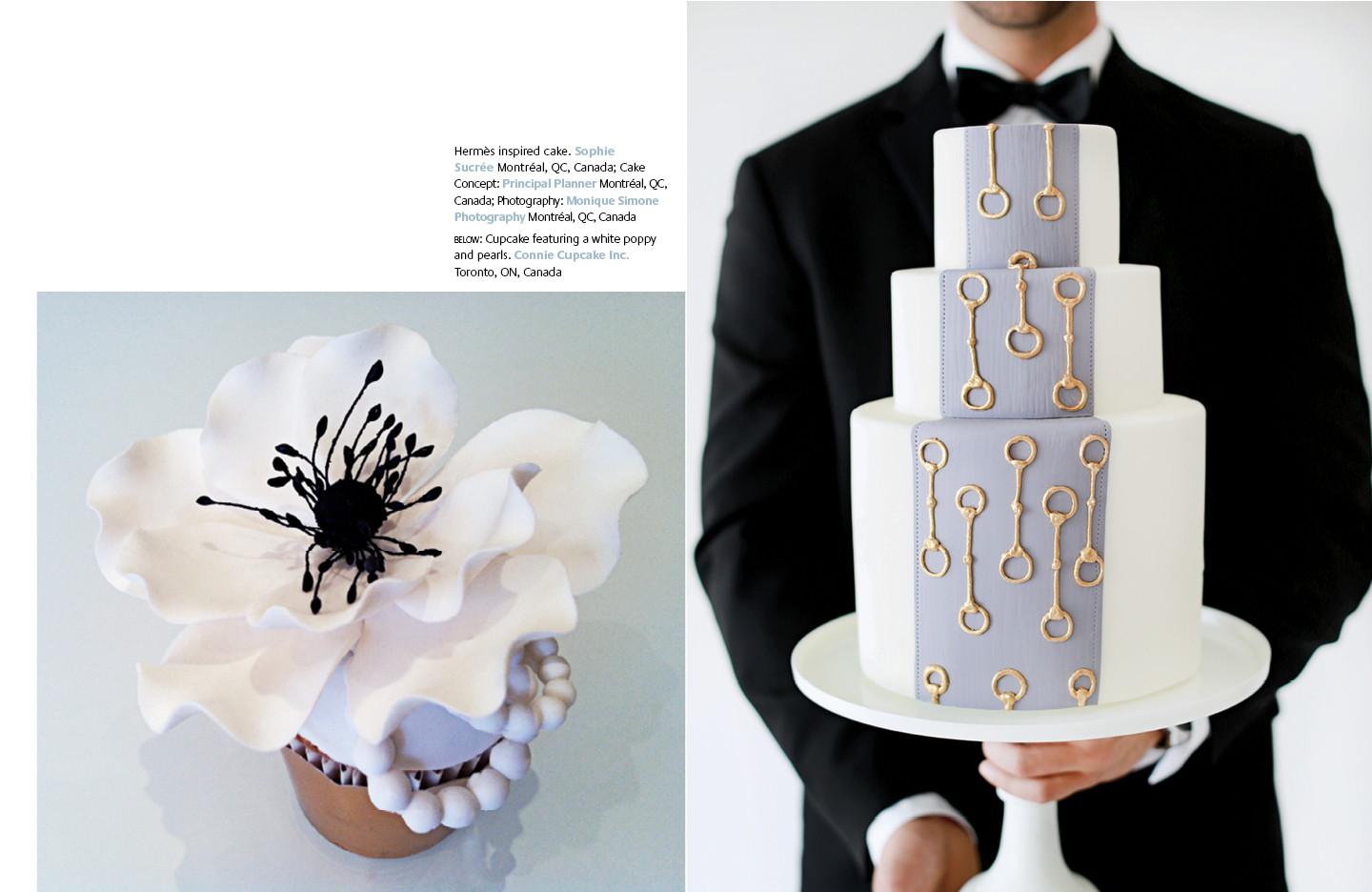
The wedding cake was always meant to stand out and serve as an additional delight to the wedding celebration. Its sweetness was also an evolution considering at some point during the 16th century wedding cakes in Europe were savory. The sweetness attribute became a metaphor as a wish for the couple’s life to be happy, joyous and “sweet.”
Playfulness and fun, such as the bride and groom kissing while gusts would cheer on and encourage them, led to tiered, tall cakes where the couple would have to stretch and kiss over the tall cake without knocking it over.
As late as the early 19th century the wedding cake was also a symbol of a family’s social status where the size of the cake reflected wealth, affluence and economic status. The more elaborate the cake, the more it reflected a family’s high social standing.
As we follow wedding cake evolution we encounter changes and innovations in styles, flavors and decoration preferences. The possibilities are literally endless. So when confronted with the task to choose your wedding cake as a bride or groom-to-be, lets see some of the terminology you may encounter to better help you arrive at your dream wedding cake creation.
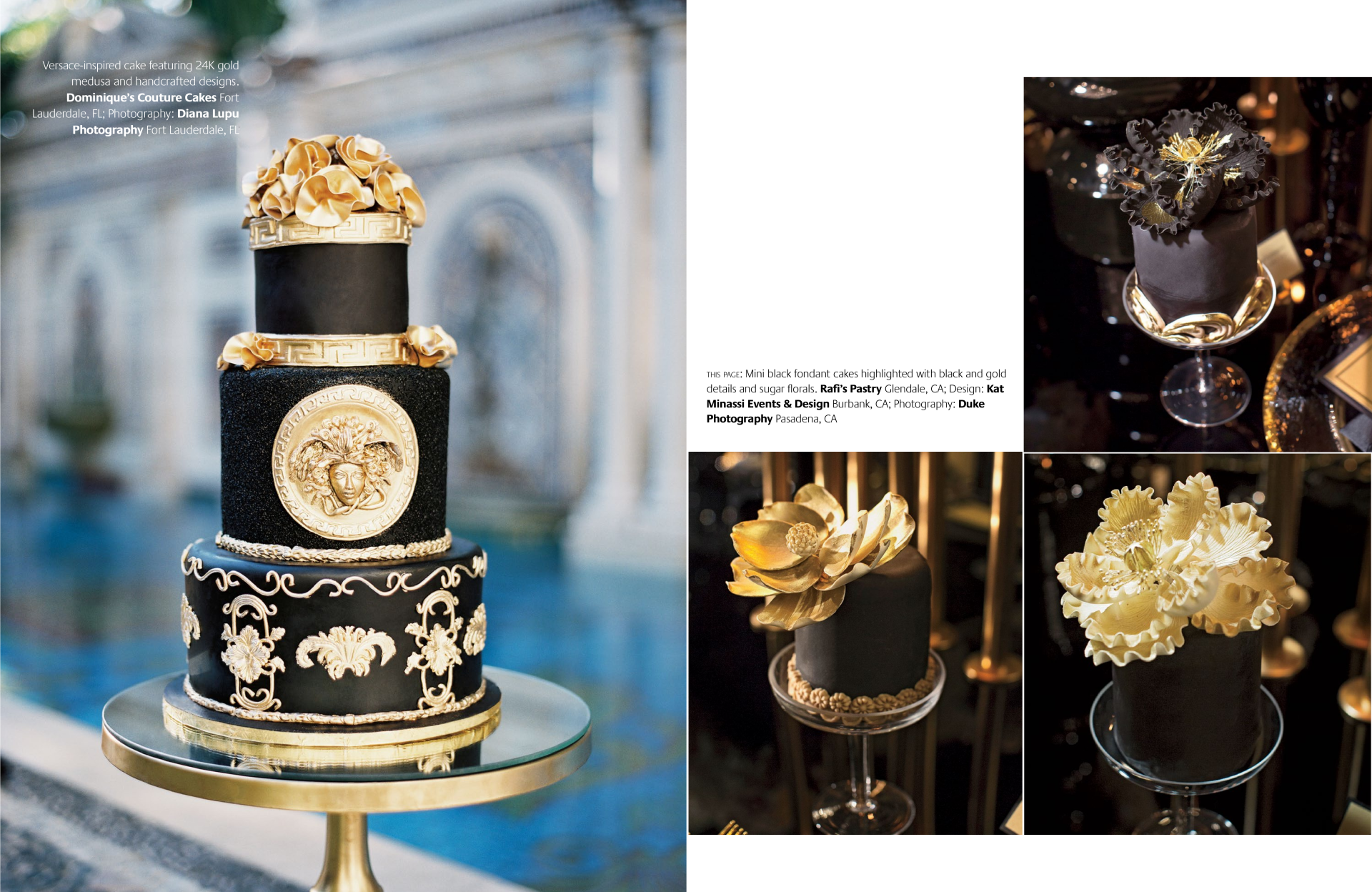
Wedding Cake Fillings & Flavors
The interior of the wedding cake: Cake Filling refers to the choice of flavor you want your cake to have. Choosing between flavored creams or fresh fruit fillings such as raspberry, lemon, orange that are popular or even something more exotic like kiwi, mango or pomegranate are entirely up to your personal preference. Of course, let’s not forget the many variations of chocolate and its combinations such as chocolate hazelnut truffle, dark chocolate with white chocolate peppermint, butter almond and white chocolate ganache just to name a few. You may encounter options like Tropical Coconut Guava, Spiked Red Velvet, Ginger Spice, Grand Marnier or even Bananas Foster or Key Lime.
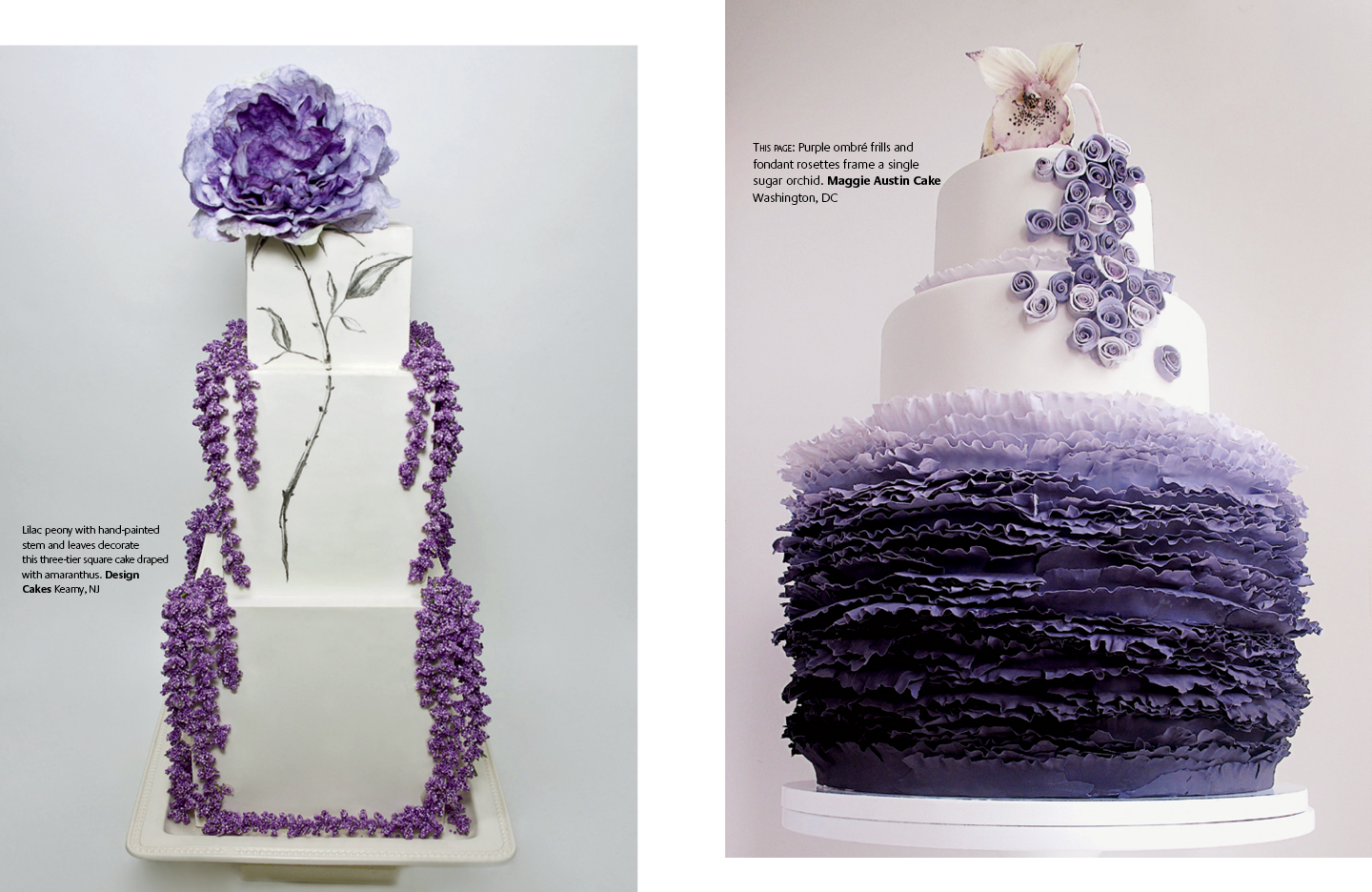
Wedding Cake Decoration
The exterior finish of the wedding cake: What is commonly referred to as frosting, entails numerous options for the “finishing” of the cake. You will hear terms like Royal Icing (made from egg whites and sifted icing sugar), Buttercream (made with real butter and sensitive to warm ambient temperatures,) Fondant (made with sugar, corn syrup, glycerin and gelatin,) or Marzipan (a paste made from ground almonds, sugar and egg whites.)
Within some of these options, there are variations. For example, there is American buttercream, soft and easy to cut and quite versatile for creating various designs such as swirls, weaves or swags. Italian or Swiss buttercream made with beaten egg whites (meringue) or Cream cheese buttercream where cream cheese is added to the mixture and compliments carrot or lemon cakes perfectly. Other options include whipped cream or in the case of hand-finishing, elaborate hand-painted designs elevating the wedding cake to an entirely different level.
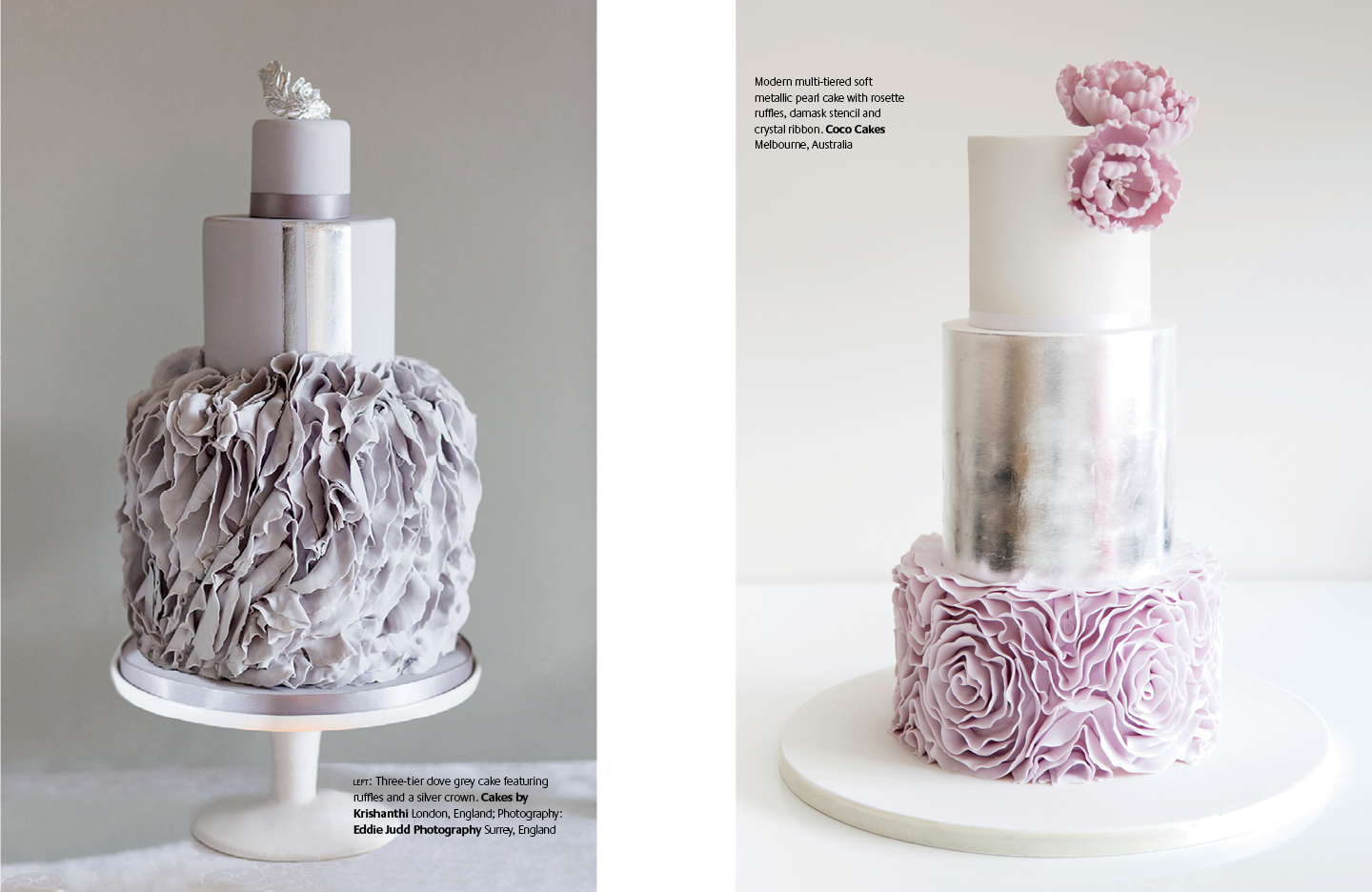
Mini Wedding Cakes
Another option to the traditional wedding cake that has gained popularity, especially during the time of the Covid 19 pandemic but also earlier, is that of mini cakes. That is to say, individual mini cakes for each of your guests. Despite being a creative and dainty alternative, mini cakes also allow the choice of a variety of flavors or even fulfilling dietary guest restrictions such as gluten free, nut allergies or vegan preferences.
Whatever the outcome, make the selection of your wedding cake a pleasant journey, a delectable adventure. Treat it as an opportunity to explore, learn and have fun in the process. Besides, attending cake tastings and trying the multitude of options available to you until you encounter the ideal combination for your perfect wedding cake can be as enjoyable as it is necessary.
